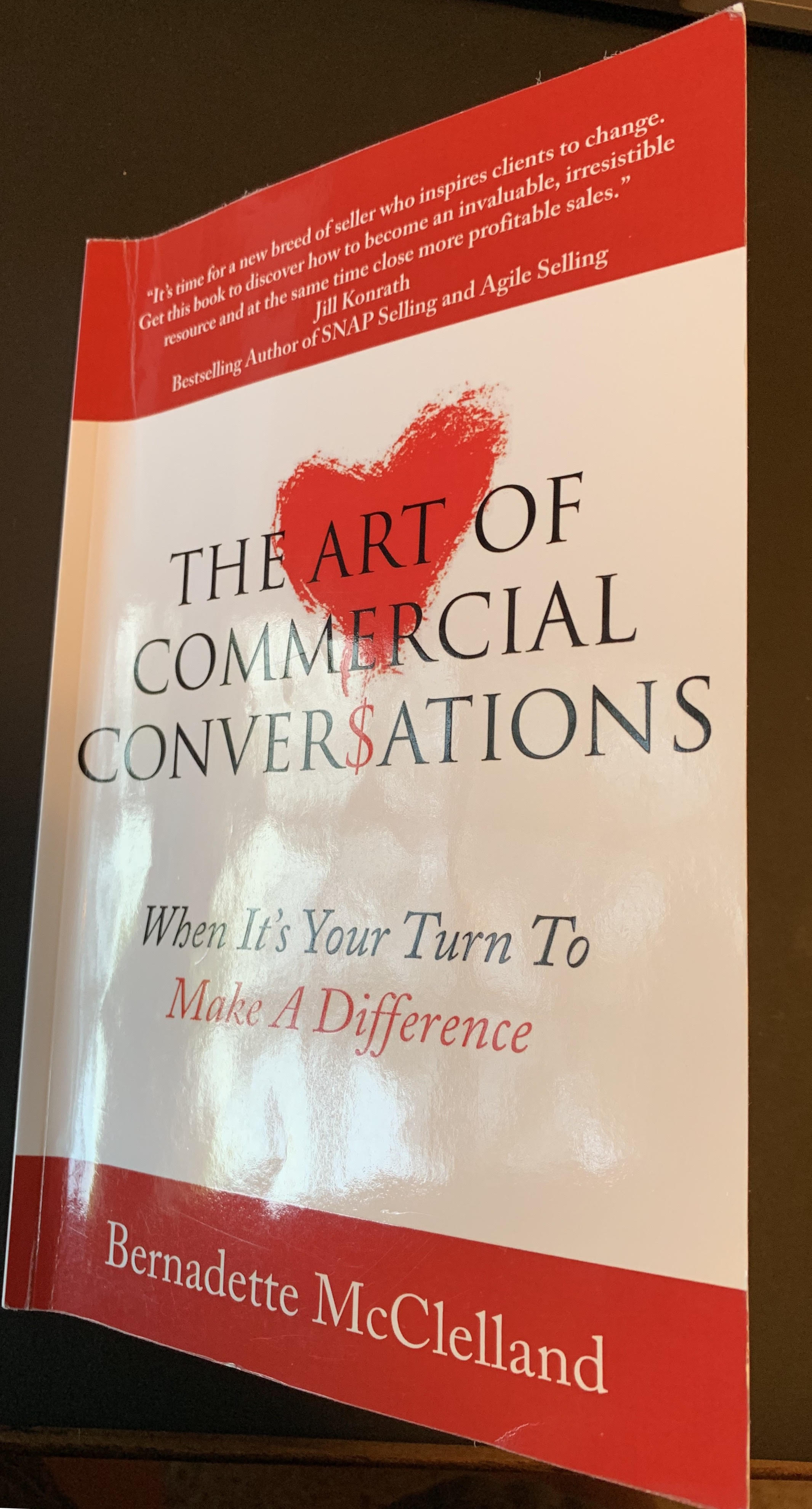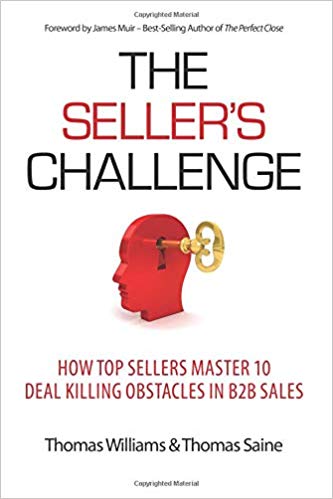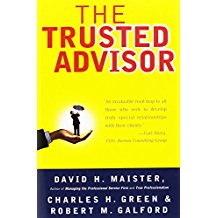By Mark Allen Roberts
Your mindset is critical to your success in sales. (any job really) I work with a many sales teams and there is a fear just beneath the surface with many salespeople: “will my job be eliminated with automation?” Some transactional sales roles that involve order entry and or order verification and communicating ship dates will be replaced by automation, it’s just a matter of when. However, there are skills our sales teams need to develop that the Bots cannot replace. In this post we will share skills that will help your salespeople become “automation proof”.
The future of work looks grim for many people from a recent Harvard Article asking if you are developing skills that won’t be automated. The author predicts 10% of jobs will be automated this year.
A recent study from Forrester estimated that 10% of U.S. jobs would be automated this year. Deploying automation is reshaping the jobs of human employees. In 2019, Forrester predicted that automation will become the tip of the digital transformation spear, impacting everything from infrastructure to customers to business models.
In another report from McKinsey estimates that close to half of all US jobs may be automated in the next decade. Automation technologies including AI and robotics will generate significant benefits for users, businesses, and economies. About half of all work activates globally have a technical potential to be automated by adapting current technologies.
No wonder some sales teams are fear filled.
The trouble with fear is it does not motivate but cripples’ salespeople. When you are afraid the creative problem-solving part of the brain that is strategic and delivers key insights shuts off and blood is rerouted to the oldest part of the brain that is about survival.
Buyers today are sharing what they want from salespeople and it is those product and market insights they cannot find in online searches or from any Bot’s today.
The trouble is many sales teams are not organized to meet the needs of buyers today and the sales value pyramid.
This leads us to the question:
What skills can we develop in our sales teams that are automation proof?
In a previous post I shared what author Anita Neilson’s new book: Beat the Bots, How your humanity can future proof your tech sales career offers as excellent insights on how sales must adapt. Salespeople today must develop their skills in human to human (HTH) skills not only survive and thrive, and they will be in high demand for years to come.
The author shares a great deal of advice you can apply.
Some of my favorites are:
· The critical importance of personalization
· Understand and be able to communicate your value is critical
· Active listening and understanding your buyers, their challenges and the business of their business so you can provide valuable insights to add value is imperative
· 3 types of value (General, Company, and Personalized)
· How psychology is at the heart of all sales
· If you capture rational and emotional forces at work in your buyers’ minds you develop messages that resonate with them
One big takeaway I will always remember from this book is the metaphor the author uses of how driving behavior change is like the story of the rider, the elephant and the path.
The rider relies on evidence, data, and analysis to pick the direction.
The elephant’s behavior is influenced by experiences and feelings. The fear of risk, loss and pain are huge in how the elephant makes decisions. Elephants hate change and like sameness.
We quickly see the conflict that goes on in most of our brains and based on the elephants’ size and power who do you think wins most of the time? Is it any surprise the status quo costs sellers more sales than competitors?
Why this metaphor is so powerful is every B2B sale I have ever made involved change.
· Change the vendor partner
· Change in process
· Change in relationships
· Change in pricing and terms
Our job today as modern sales leaders are to shape and coach the path strategically understanding both the rider and the elephant.
In an article by Global Banking and Finance the author shares 10 “automation proof” skills.
Judgement
More specifically, automation won’t be able to mimic our innate ability to tell what’s right from wrong: judgment.
Conflict negotiation and resolution are two other skills that will remain intact in the face of AI and robotics.
Communication Skills
According to Statista, an average adult American spends nearly 12 hours consuming media. That’s lots of information, implying that communication skills will form an integral part of our everyday life in the future.
The truth of the matter, however, is that people still prefer their news and information to be written in a compelling and sensible way.
Content Creation Skills
On the same but lighter note, the ability to create original and captivating content will still be in high demand. In fact, it’ll be hard to automate original content creation – the art of being able to communicate about a given topic in a succinct and refreshingly unique way. As such, if you have a combination of the skills and expertise to churn out new knowledge, you will be able to keep robots at bay.
Creative Skills
Having great imagination and a knack for creativity means that you will be able to invent new solutions and create new concepts that don’t already exist. Bots cannot beat human creativity.
The good news is that creativity can always keep you a step ahead of the pack, including robots. Whether you have a way with words or a knack for creating innovative products, your skills and crafts are in safe hands.
Empathy
If there’s something that makes us human, it’s empathy. True, robots can carry out simple human interactions like reply to an email or offer customer support via an automated answering machine. Even with top-level AI, they cannot empathize with someone. In other words, robots cannot truly understand nor connect with people on an emotional level.
Athleticism and Physical Skill
From time immemorial, humans have always been fascinated by the utter physical skill of our minds and bodies. Athletics, for instance, is a profession that will always been appreciated despite the epic speeds, dexterity, and agility robots can deliver.
Planning Skill
Being able to plan ahead fast and accurately is an incredible skill that can come in handy in just about any business or career. But that’s not something robots can do. Yes, they can schedule appointments, but they cannot anticipate shifts in priorities, unknown outcomes, and missing information.
Tech Management Skills
It might seem counterintuitive, but it’s true. It is somewhat laughable because most at-risk skills are those associated with technology. But when all’s said and done, we still need someone with the skills required to manage and stay on top of the automation tech itself.
Teaching Skills
Proliferation of technology has made it possible for millions to access information and educational materials in an instant. However, teaching as a skill calls for understanding the context. That’s why talented tutors, coaches, and teachers will remain the cornerstone of our education system despite automation.
Leadership and Social Skills
Nothing will change the fact that machines/robots are soulless. That’s why their interaction and connection with us will always feel “fake” and cold. As such, they’ll not cultivate or exercise leadership. Good leaders, as they say, have an affinity for caring, empathizing, and connecting with others on a personal level. Nothing of the same can be said of robots.
What sales skills and competencies is your training program focused on today?
What sales skills do your salespeople have and what skills do they need to develop for today?
Do you need to restructure and upskill your sales team?
Are your salespeople “automation proof”?
We have shared skills that automation won’t replace in the foreseeable future. These are the “human to human skills” author Anita Neilson discusses. They all have a foundational emotional element in one way or the other. AI and robots might actually help us sharpen these skills but won’t replace them.
From my experience buyers’ value trusted advisors who listen authentically and deliver value in every interaction. Buyers want and need powerful market and business insights that will impact their bottom line. My advice to those salespeople and some sales managers that fear their jobs may be eliminated is focus on developing skills that are automation proof.
If you are curious about your sales team, the skills they have and the skills they may need in the future please contact me and let’s discuss how we can quickly answer those questions and help your team become automation proof.











